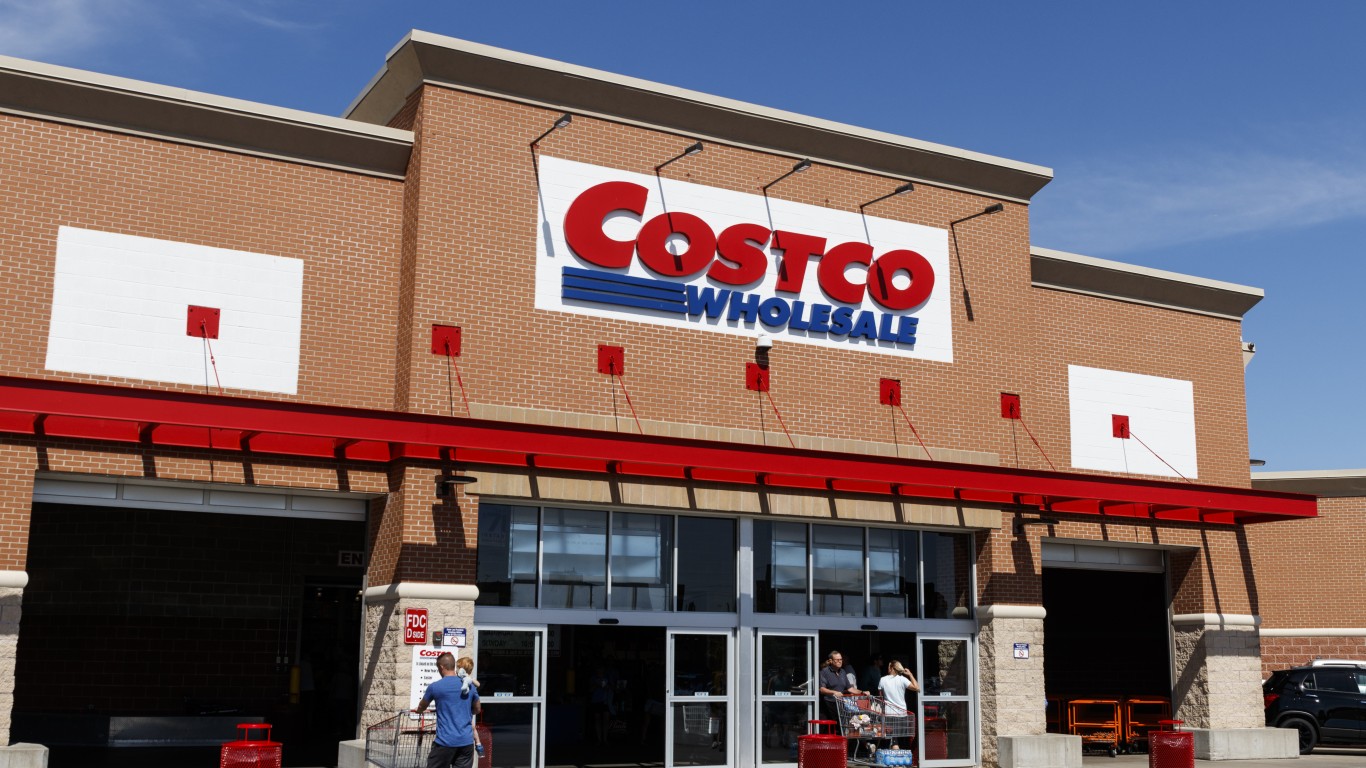
Retailers have felt the sting of the coronavirus pandemic. If anything, e-commerce has beaten up this industry and COVID-19 may finish the job, but some still will survive this storm. Big names like Walmart Inc. (NYSE: WMT) and Costco Wholesale Corp. (NASDAQ: COST), where many bought their pandemic supplies, will ride this out. Surprisingly, dollar stores appear to have a fighting chance too, and they could even offer more upside than these retail behemoths.
[in-text-ad]
Dollar Tree Inc. (NASDAQ: DLTR) and Dollar General Corp. (NYSE: DG) are still sizable chains, but they hardly compare to the sheer volume of cash that Walmart and Costco see. These are all essential businesses, but there are many more opportunities for Dollar General and Dollar Tree to grow.
As it stands, Costco needs massive populations of wealthy consumers, and Walmart needs large stores to make a dent in its future revenues. Dollar General and Dollar Tree still have more opportunities for growth around the country.
While this theme of growth is not entirely played out, the dollar stores have all gotten into the reach-up economy by grabbing more spending and by becoming the grocery stores for many towns in America.
Dollar stores have effectively carved out a niche in the retail sector by offering better pricing, private label offerings, effective inventory management and merchandise initiatives. Not to mention, the low-price model only becomes more valuable as this pandemic continues and more consumers are looking to stretch their dollars.
Consumer behavior has shifted incredibly since the onset of the pandemic. While people are not going out to eat more, they are buying more food at the store and cooking at home. Also, consumers have bought more cleaning supplies or interior decorations, due to spending more time at home.
For Dollar General in particular, the store expansion initiatives, continued restructuring and improvement of distribution centers are themes that will help boost revenue. In terms of pandemic metrics, Dollar General’s same-store sales increased 5.5%, 34.5% and 21.5% for the months of February, Marc, and April, respectively, on a year-over-year basis.
Dollar Tree reported its first-quarter results about a month ago, and while the bottom line declined year over year, there were other compelling factors in the report. Revenues saw a solid boost as there was a spike in demand for certain products during the quarter.
In terms of what analysts are saying, Dollar General has a consensus price target of $204.17, which implies upside of 9.5% from Wednesday’s closing price, and Dollar Tree has a $104.48 consensus price target, implying an upside of 16.0%. Walmart and Costco have consensus price targets of $135.39 and $321.67, implying upside of 7.7% and 1.8%, respectively.
Although these numbers are comparable, there are a couple of clear winners, at least in the eyes of analysts. Also in a fundamental sense, analysts seem to agree that Walmart and Costco are almost fully priced, while there is more room to run for these smaller dollar stores.
Essential Tips for Investing: Sponsored
A financial advisor can help you understand the advantages and disadvantages of investment properties. Finding a qualified financial advisor doesn’t have to be hard. SmartAsset’s free tool matches you with up to three financial advisors who serve your area, and you can interview your advisor matches at no cost to decide which one is right for you. If you’re ready to find an advisor who can help you achieve your financial goals, get started now.
Investing in real estate can diversify your portfolio. But expanding your horizons may add additional costs. If you’re an investor looking to minimize expenses, consider checking out online brokerages. They often offer low investment fees, helping you maximize your profit.
Thank you for reading! Have some feedback for us?
Contact the 24/7 Wall St. editorial team.
 24/7 Wall St.
24/7 Wall St.


